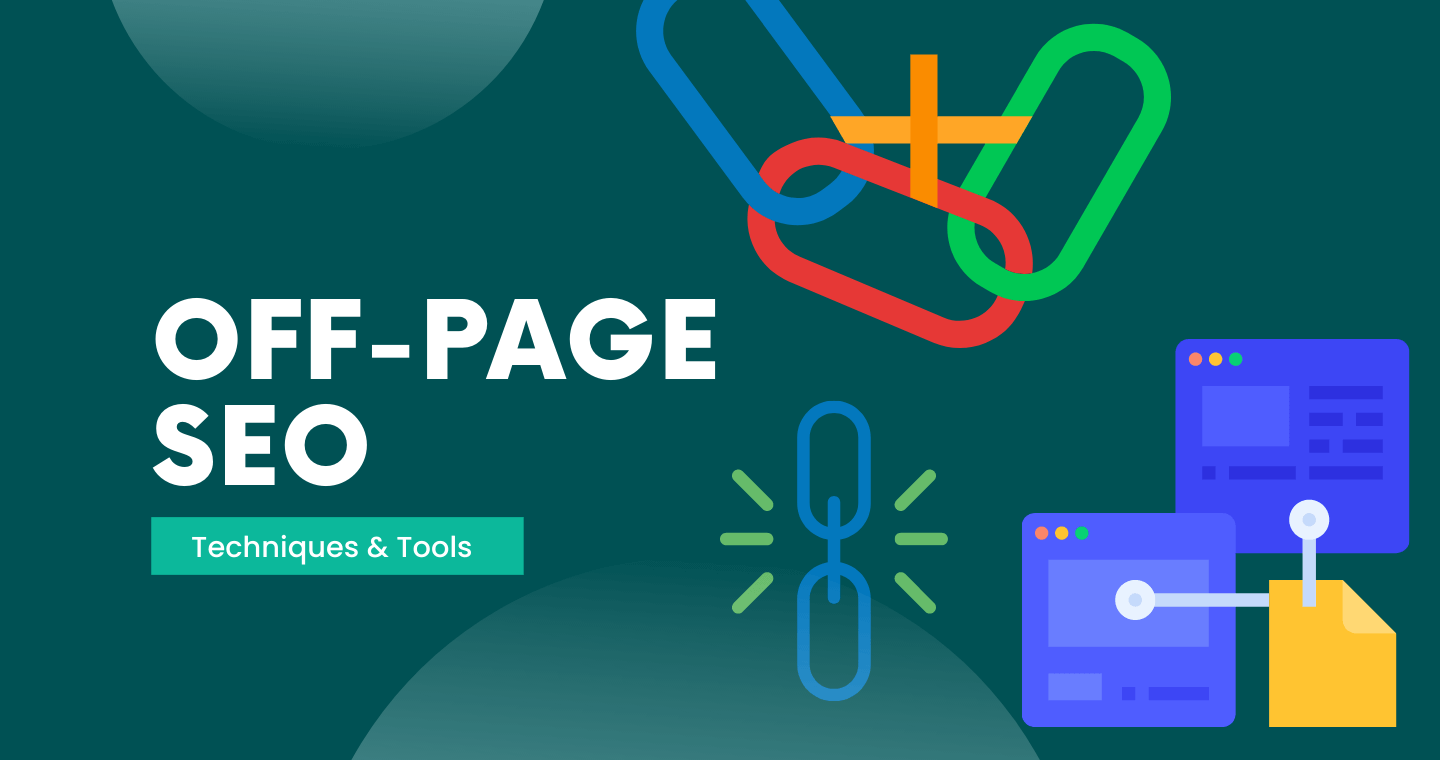On Page SEO

On-Page SEO: Optimizing Your Website for Search Engines
On-page SEO refers to the practice of optimizing individual web pages to rank higher and improve organic traffic in search engine results. It’s about making your content easily understandable and relevant to both search engines and users.
Keyword Research
- Identify relevant keywords and phrases that your target audience is searching for.
- Use keyword tools to find popular and low-competition keywords.
- Incorporate keywords naturally into your content.
Title Tags:
- Create compelling and descriptive title tags for each page.
- Include your primary keyword at the beginning of the title.
- Keep title tags concise and informative.
Meta Descriptions:
- Write engaging meta descriptions that accurately summarize your page’s content.
- Include your target keyword naturally.
- Persuade users to click through your search result.
Header Tags (H1, H2, H3):
- Use header tags to structure your content and improve readability.
- Include relevant keywords in your header tags.
- Use H1 for the main heading, H2 for subheadings, and so on.
Content Optimization:
- Create high-quality, informative, and engaging content.
- Use keywords naturally throughout your content.
- Optimize content length and structure for readability.
Image Optimization:
- Use descriptive file names and alt text for images.
- Optimize image size for faster loading times.
- Add relevant keywords to image captions.
Internal Linking:
- Link to relevant pages within your website.
- Use descriptive anchor text for internal links.
- Improve website navigation and user experience.
URL Structure:
- Create clear and concise URLs that include relevant keywords.
- Use hyphens to separate words in URLs.
- Avoid long and complex URL structures.
Mobile Optimization:
- Ensure your website is mobile-friendly.
- Provide a good user experience on mobile devices.
Key elements of On-Page SEO include:
Keyword Optimization: Researching and strategically using relevant keywords throughout the content, including in titles, headings, meta descriptions, and body text.
Content Quality: Creating high-quality, valuable content that is relevant to the target audience and answers their queries effectively.
Meta Tags: Optimizing meta title tags and meta descriptions to accurately describe the content of each page and entice users to click through from search engine results pages (SERPs).
URL Structure: Using SEO-friendly URLs that are short, descriptive, and include relevant keywords where appropriate.
Header Tags: Using proper HTML header tags (like H1, H2, etc.) to structure content and indicate the hierarchy of information for both users and search engines.
Optimized Images: Using descriptive alt text and optimizing image file names and sizes to improve page load times and accessibility.
Internal Linking: Linking to other relevant pages within your site to improve navigation, distribute page authority, and enhance the user experience.
Mobile-Friendliness: Ensuring that the website and its content are easily accessible and readable on mobile devices, as mobile usability is a significant ranking factor.
Page Speed: Optimizing page load times by minimizing file sizes, leveraging browser caching, and using a content delivery network (CDN) if necessary.
User Experience (UX): Providing a positive user experience with clear navigation, intuitive design, and engaging content to encourage longer visits and reduce bounce rates.

